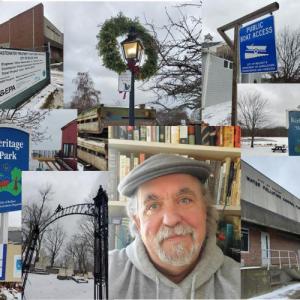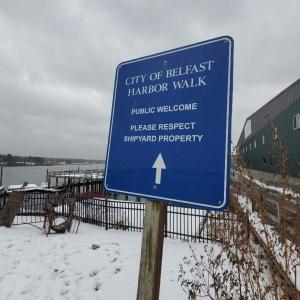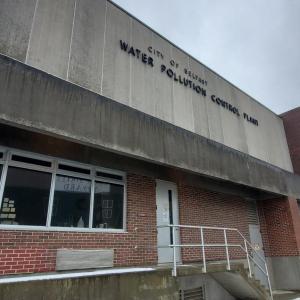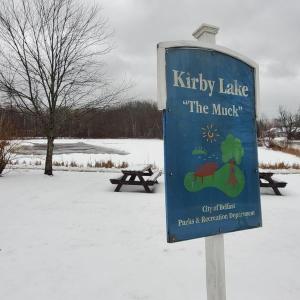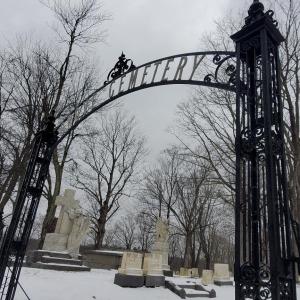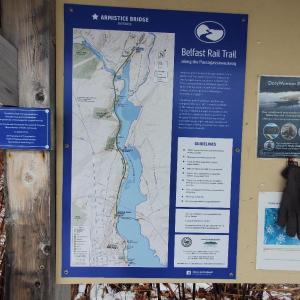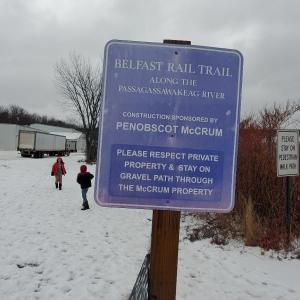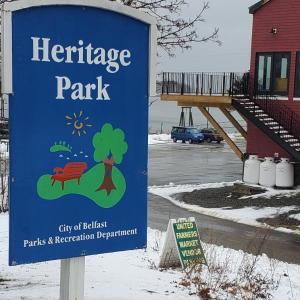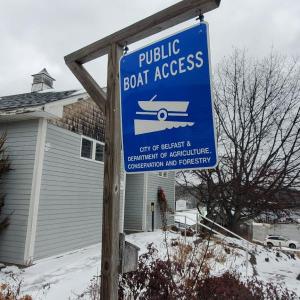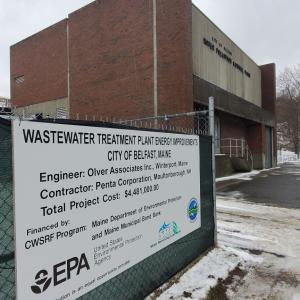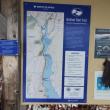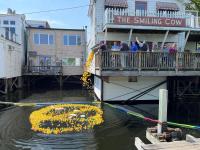‘Planning Belfast’: A look at the past, present and future
 Belfast City Councilor Michael Hurley takes on the topic of planning — “Planning Belfast came out of ‘why did they do this’ and ‘why didn't they do that? People so rarely know.”
Belfast City Councilor Michael Hurley takes on the topic of planning — “Planning Belfast came out of ‘why did they do this’ and ‘why didn't they do that? People so rarely know.”
 Scoop the poop
Scoop the poop
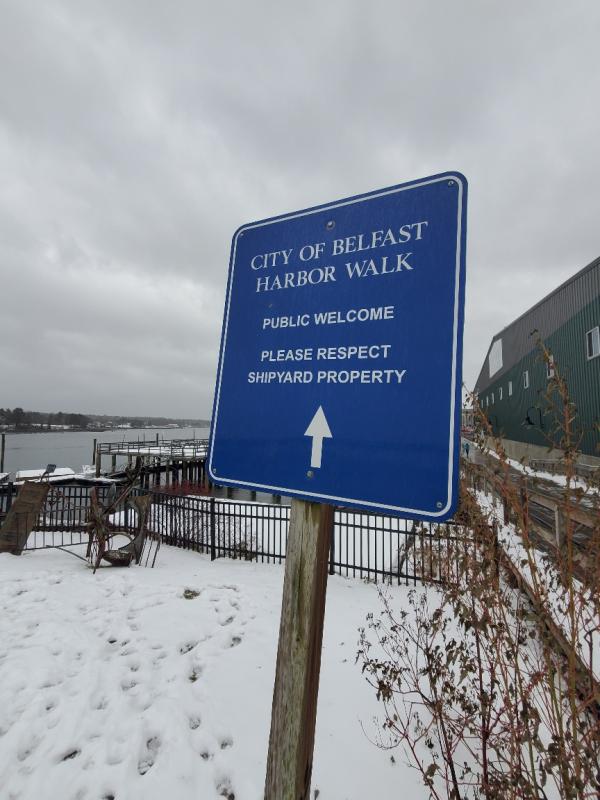 Harbor Walk
Harbor Walk
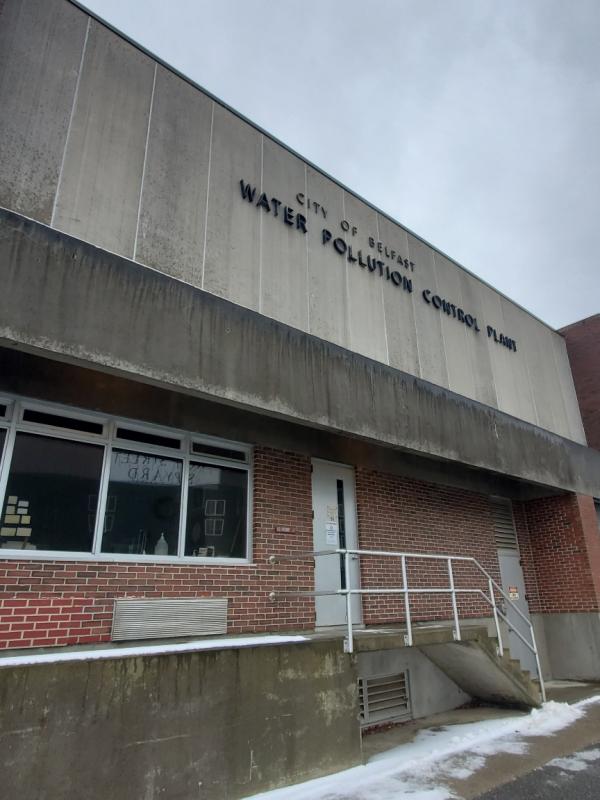 Water Pollution Control plant
Water Pollution Control plant
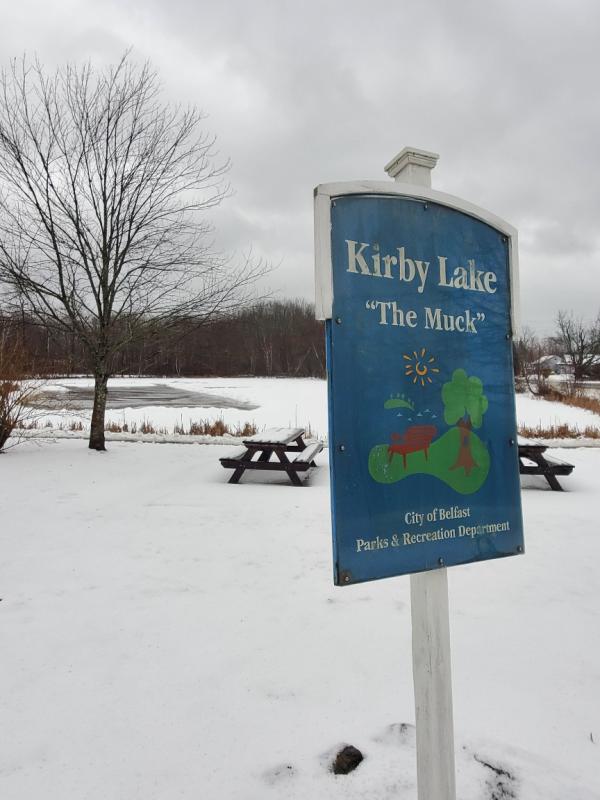 Kirby Lake, “The Muck”
Kirby Lake, “The Muck”
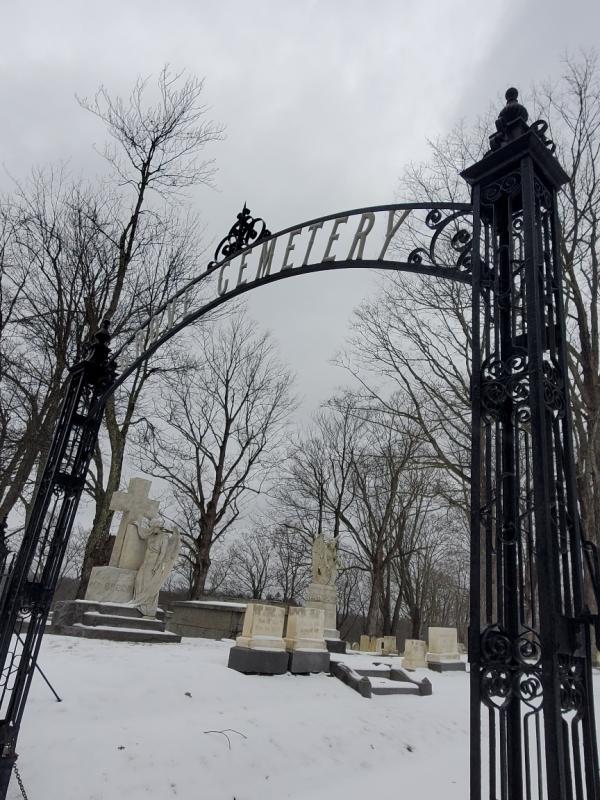 Grove Cemetery
Grove Cemetery
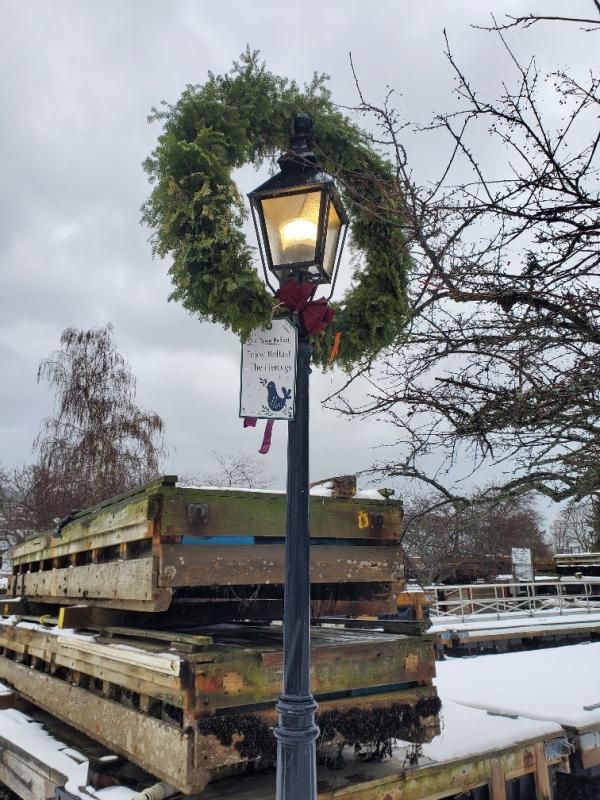 Belfast waterfront storing floats, street lights, décor.
Belfast waterfront storing floats, street lights, décor.
 Stay on the path…
Stay on the path…
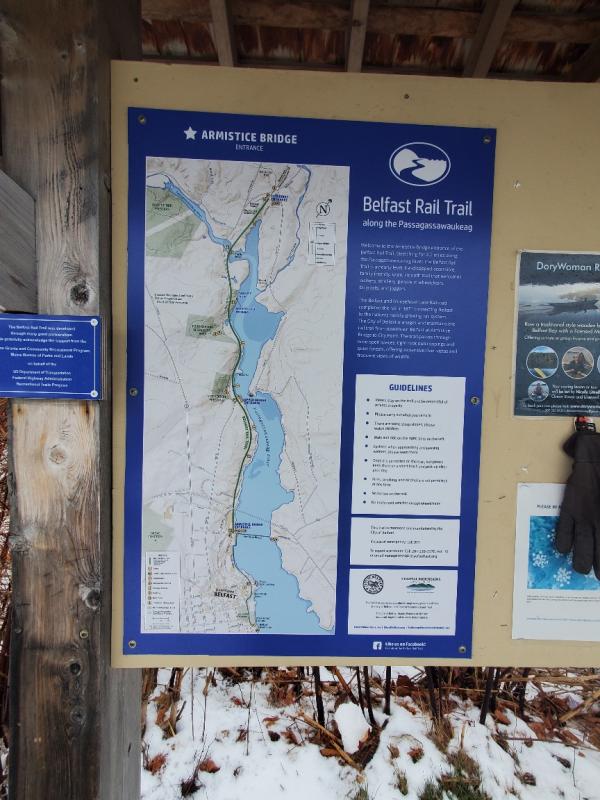 Belfast Rail Trail
Belfast Rail Trail
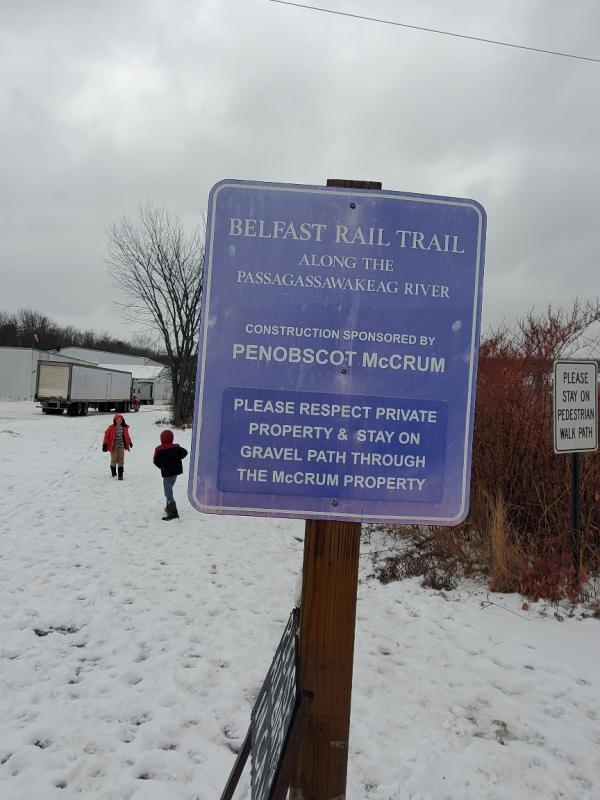 Rail Trail sign
Rail Trail sign
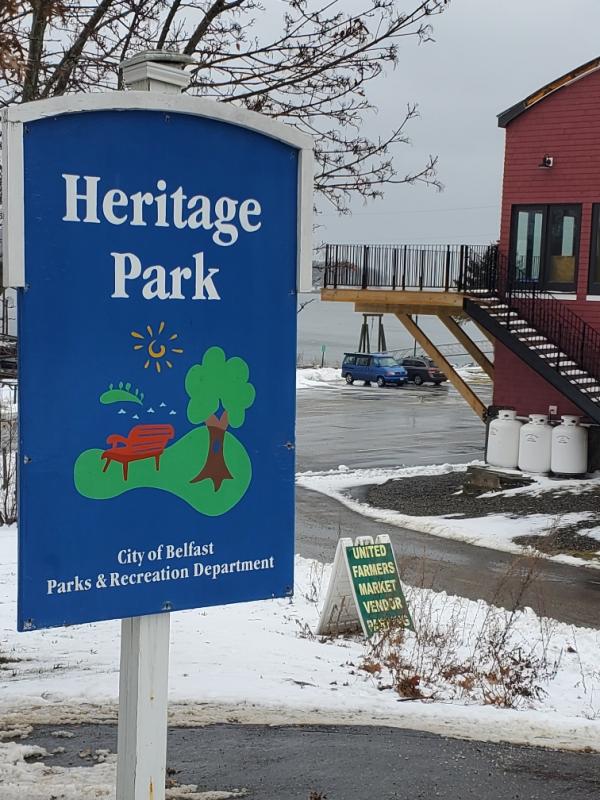 Heritage Park, a former grain mill industrial with the Harbor Walk in the background.
Heritage Park, a former grain mill industrial with the Harbor Walk in the background.
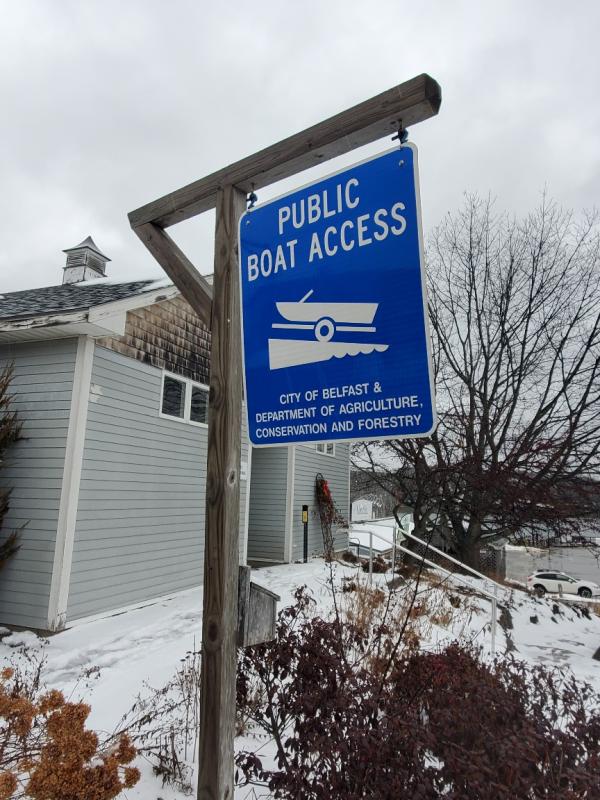 Public Landing
Public Landing
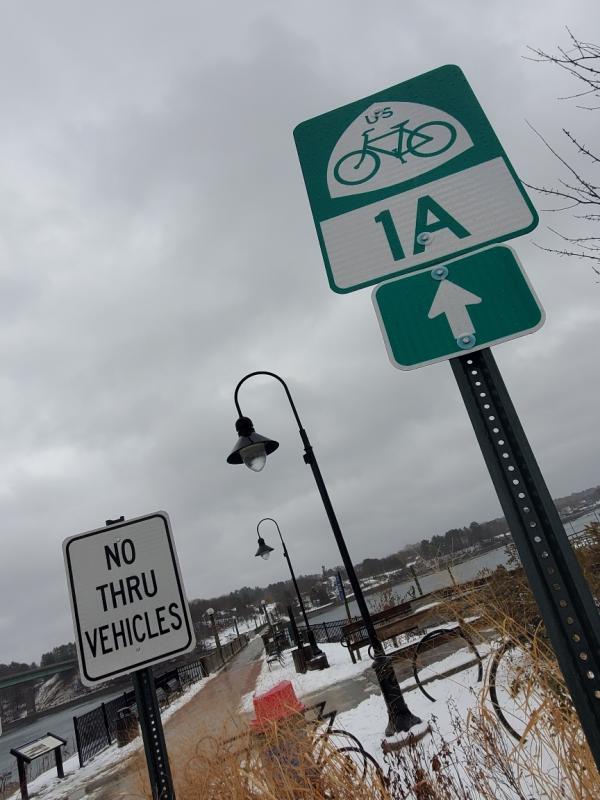 Armistice Pedestrian bridge, Harbor Walk, and East Coast Bikeway
Armistice Pedestrian bridge, Harbor Walk, and East Coast Bikeway
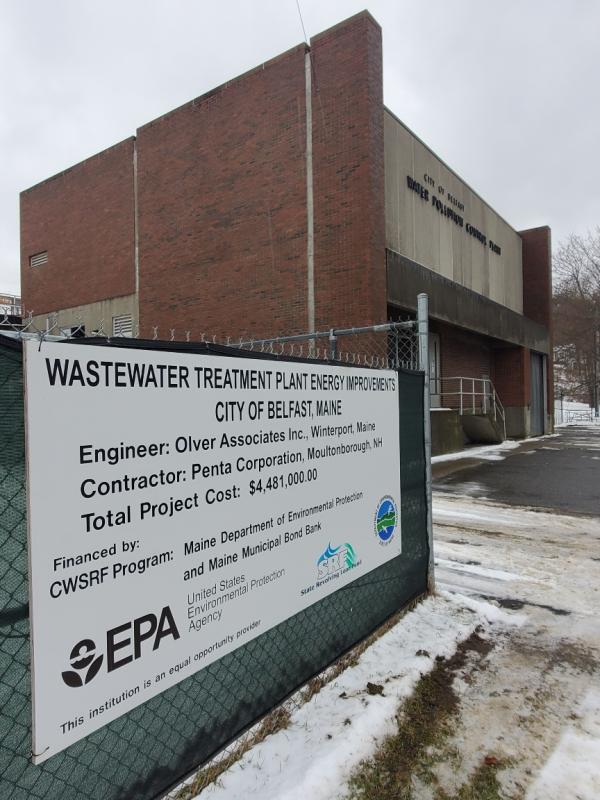 Wastewater Treatment Plant refits to save energy.
Wastewater Treatment Plant refits to save energy.
 Porta Potties and Front Street Shipyard in back.
Porta Potties and Front Street Shipyard in back.
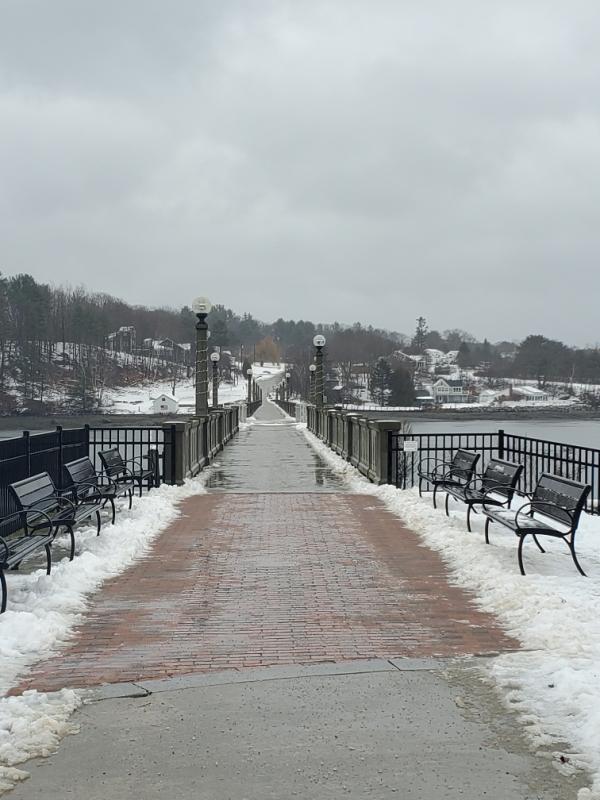 Armistice Bridge
Armistice Bridge
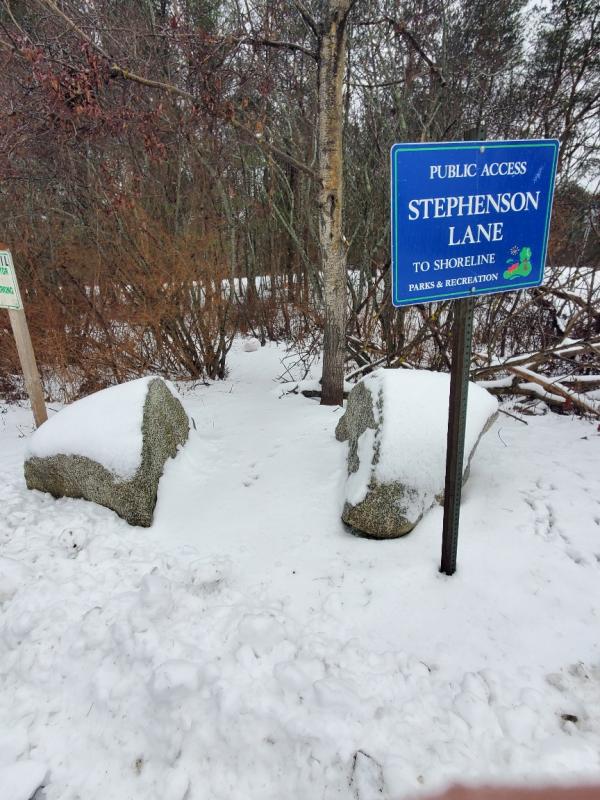 Stephenson Lane, an original range-way.
Stephenson Lane, an original range-way.
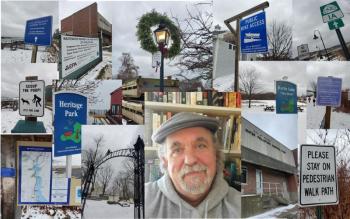 Belfast City Councilor Michael Hurley takes on the topic of planning — “Planning Belfast came out of ‘why did they do this’ and ‘why didn't they do that? People so rarely know.”
Belfast City Councilor Michael Hurley takes on the topic of planning — “Planning Belfast came out of ‘why did they do this’ and ‘why didn't they do that? People so rarely know.”
 Scoop the poop
Scoop the poop
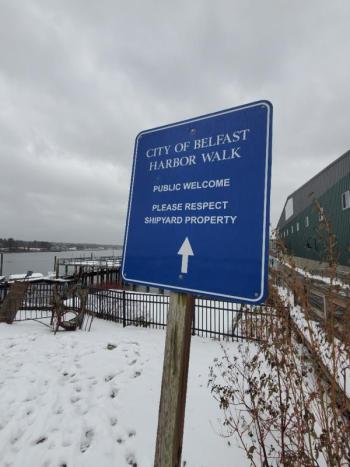 Harbor Walk
Harbor Walk
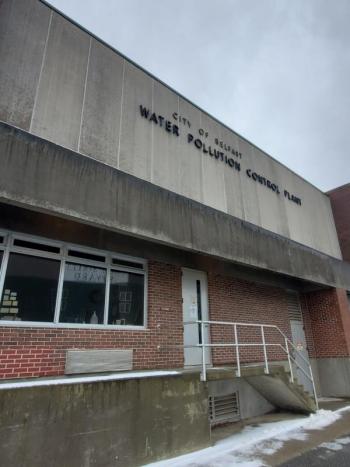 Water Pollution Control plant
Water Pollution Control plant
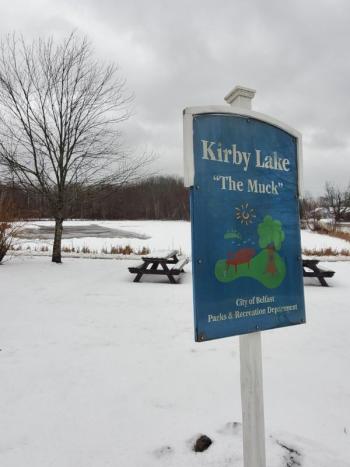 Kirby Lake, “The Muck”
Kirby Lake, “The Muck”
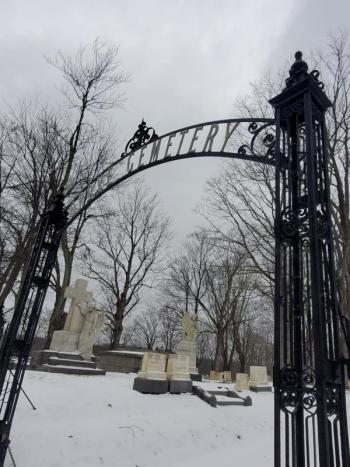 Grove Cemetery
Grove Cemetery
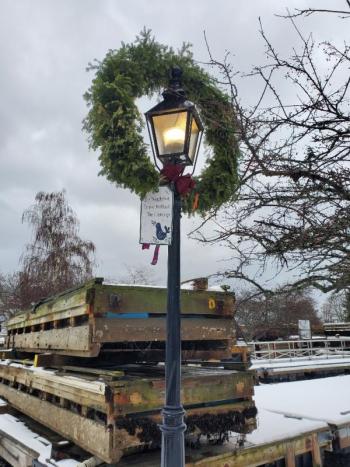 Belfast waterfront storing floats, street lights, décor.
Belfast waterfront storing floats, street lights, décor.
 Stay on the path…
Stay on the path…
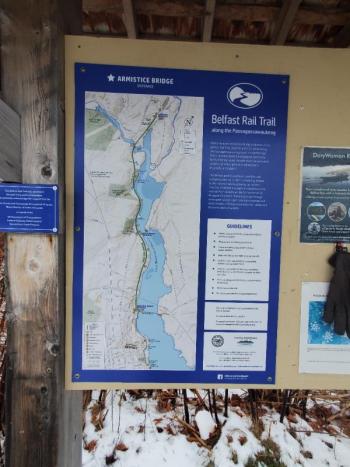 Belfast Rail Trail
Belfast Rail Trail
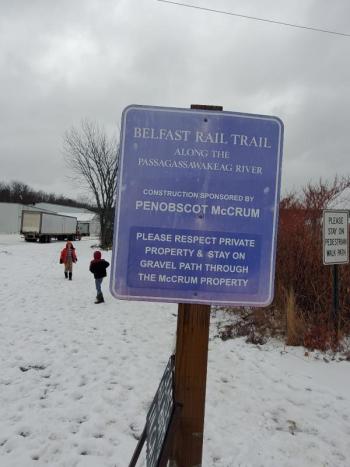 Rail Trail sign
Rail Trail sign
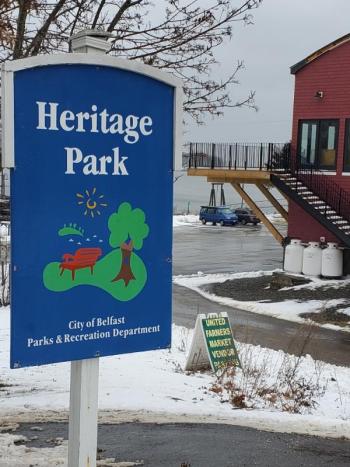 Heritage Park, a former grain mill industrial with the Harbor Walk in the background.
Heritage Park, a former grain mill industrial with the Harbor Walk in the background.
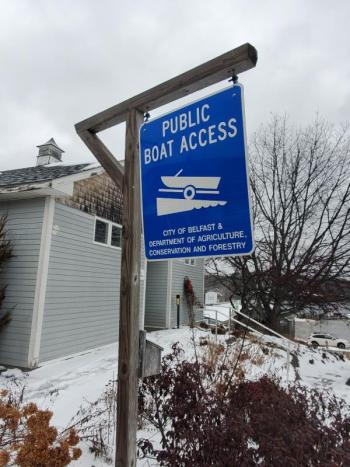 Public Landing
Public Landing
 Armistice Pedestrian bridge, Harbor Walk, and East Coast Bikeway
Armistice Pedestrian bridge, Harbor Walk, and East Coast Bikeway
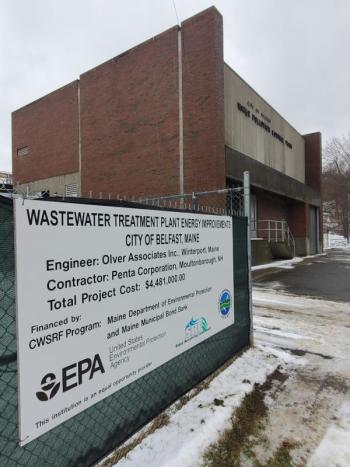 Wastewater Treatment Plant refits to save energy.
Wastewater Treatment Plant refits to save energy.
 Porta Potties and Front Street Shipyard in back.
Porta Potties and Front Street Shipyard in back.
 Armistice Bridge
Armistice Bridge
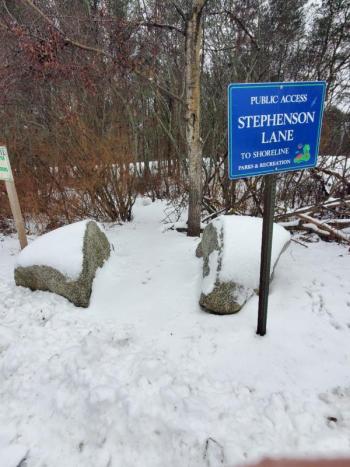 Stephenson Lane, an original range-way.
Stephenson Lane, an original range-way.
BELFAST — There’s 7.9 billion people living on earth, and a growing portion of them want to move to Maine. The reasons vary — they may be fleeing the fire-prone West, weary of the flooding and hot southern coastlines, wary of urban tension, or they are tired and frightened refugees from international turmoil.
Maine, despite its occasional frigid air mass or dense fog bank, is relatively quiet and safe. But it is not known for planning for change. And with the Midcoast growing in population and popularity, there is one more reason for municipalities to get a grip on “planning.”
Belfast City Councilor Michael Hurley has several decades of municipal involvement, having served on the Council multiple terms, and owned businesses, including the Colonial Theater in downtown Belfast, since the 1970s.
He has witnessed cycles of planning unfold across the state, from the rise of the Maine State Planning Office in the 1980s to its demise in the 2010s, from the crafting of local ordinances to meet changing issues, the periodic updates of the city’s comprehensive plans, as well as economic contractions and growth, to innovative community initiatives, like the Belfast Harbor Walk.
He knows the value of planning and this coming week, he is offering an online series of classes, “Planning Belfast”, offered through the Belfast Senior College.
More than 40 participants have already signed up, but being Zoom, plenty more are welcome. Each class is 90 minutes long.
“Planning Belfast came out of ‘why did they do this’ and ‘why didn't they do that?’” Hurley said. “People so rarely know.”
And there is lots to know about the Belfast infrastructure. Were you aware, he asked, ‘that there are 43 bridges in Belfast?”
The class will look at Belfast’s traditional planning — the evolution of land use ordinances and zoning, the size of housing lots, how water and sewer systems were created, how the public accessed shared resources like harbors and rivers, and how people traversed the land via byways and highways.
Hurley will invite guest speakers, including planner Wayne Marshall, Belfast Historical Society and Museum President Megan Pinette, Jay Davis, who co-authored History of Belfast in the 20th Century, with Tim Hughes, and others knowledgeable about municipal institutions and systems, such as cemeteries and schools, and water and sewer systems.
Pinette, said Hurley, has researched and written extensively on how the current Belfast landscape has been shaped by fires, “two huge fires in Belfast,” he said.
The class will start with an historical review of planning, going back to the late 18th Century.
“Back in 1780, they were planning things we live with today,” he said. “Where do roads, bridges, cemeteries go, and how much do we discharge into the bay.”
There was the inception of range-ways, those very first public access paths that were strategically inserted between every five to 10 lots, so that people could freely and without hindrance reach the shoreline.
“Range-ways turned out to be incredibly brilliant,” he said. “They were reserved 50-foot-wide strips that went back approximately a mile so anybody who in the backlands could get to the ocean.”
Belfast made a concerted effort more than a decade ago to reinforce the rights of citizens to that public access system, and today, the City of Belfast maintains a map for that purpose.
“The City of Belfast owns or controls multiple access points to the water,” according to the city’s website. “Some are called range ways and others are called rights of way. Range ways are property owned by the City and rights of way are controlled access points over privately owned property.”
Hurley’s class will also take a closer look at how falsehoods evolved from obscure assumptions.
“There is a belief in Belfast that everything downtown had to be of brick construction,” he said.
That line of thinking arose following the devastating fires, and a general rule of thumb that the city required brick construction downtown was perpetuated.
In fact, said Hurley, the bustling city of Belfast was built with brick because it was widely available, durable and cost effective.
He knows that because when Jay Fischer, owner of Cold Mountain Builders, wanted to build a shop near the harbor, he was initially told it had to be of brick construction. But research proved otherwise, and the new building was of wood.
Sewer systems, the banning of raw sewage overboard discharge, the creation of parks and walkways, the laws and rules governing housing — “We take these things for granted,” said Hurley. “But so often, these decisions we make will last a long time. When you decide to put in a new road or widen a road, or put in a traffic light, people live with these issues a long, long time.
“It is important for people to understand the past but also to give the sense of the importance of planning for the future,” he said.
From the chicken factories of the 1970s to the banking presence of the 1990s to the health care boom of the 2020s, Belfast has been absorbing — and playing a part in — the latest economic trends.
“You want to up the ante in planning,” said Hurley. “We’ve spent time in the past talking about the future, where are we heading, what is going to happen in 15-20 years.”
But that hasn’t been the case more recently. And meanwhile, the population has grown and changed.
Currently, the population of Belfast is just shy of 7,000.
In 1860, it was 5,000, but dropped in 1900 to 4,600.
In 2000, it had climbed up to 6,400, a consistent increase.
And despite the recessions, business has diversified and grown. The industrial park – a long staple in Maine municipal planning in the 1990s — is now full.
Real estate sales data indicate that over the course of 2021, 130 houses sold in Belfast, said Hurley.
“If you do that for 10 years, at 1,300 houses, that is a sea change,” he said. “These are people buying homes for high prices.”
Which means the working class is being priced out of Belfast — “no cops, no school teachers, no people working at Hannaford or working for a carpenter, or cutting wood,” he said.
Which also means changing demographics.
“One of the biggest changes to assimilate is how many people are living here and working at home,” he said.
And there is the changing face of the large corporate spaces built in the late 1990s by MBNA, acquired by Bank of America, and just recently, partially sold to Penobscot Community Health Care.
“The transaction is major, with the property incorporating a 142-acre campus and seven buildings with 316,000 square feet of office space,” wrote Abigail Curtis, in a Dec. 22 Bangor Daily News article (Health care center set to expand in former Bank of America complex in Belfast).
In the 1980s and 1990s, the Belfast waterfront was a lonely landscape, dotted with old industrial and marine-related buildings. But the city gradually changed that, working with small businesses, the large Front Street Shipyard, even micro-businesses – the food trucks – to encourage commerce down near the water.
The Harbor Walk, a mile-long walkway adjacent to the water, was finished just six years ago, but is already a major draw, adding to Belfast’s growing position as a major Midcoast destination.
“You can go to the Boat House now and walk every inch of the waterfront,” said Hurley.
With it all, however, comes the nudge to peer into the future.
“I want to throw people into the pond so they think about planning, and its importance,” Hurley said. “To do more of it, and do it thoughtfully.”
The class is not going to be, “a big debating club,” he said.
Not initially, at any rate.
But in true Belfast style, there will room for productive arguments toward the latter part of the series. That will be the time to hit the topics of the day: Walmart, yes or no; rebuilding the Footbridge, Tara Mews, Nordic Aquafarms.....
“Maine is not going to be the little state it was,” said Hurley, circling back to the reasons he wants present this class.
The population is growing and demographics are changing. What will Belfast look like in 10 or 20 years?

